Tamron 28-75 mm f/2.8 Di III RXD
5. Chromatic and spherical aberration
Chromatic aberration
The tested lens doesn't have any problems connected to longitudinal chromatic aberration. Photos taken at 50 and 70 mm show that even at the maximum relative aperture and in blurry areas positioned further in the frame the colouring is slight. It certainly won't be bothersome in real life photos. |
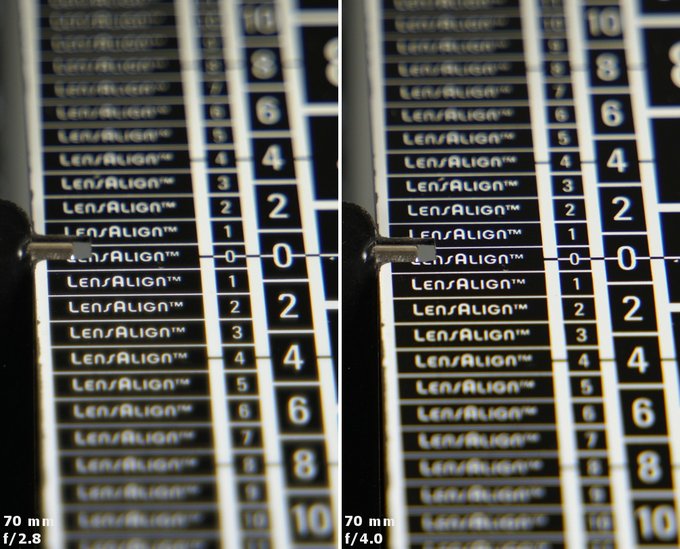 |
Please Support UsIf you enjoy our reviews and articles, and you want us to continue our work please, support our website by donating through PayPal. The funds are going to be used for paying our editorial team, renting servers, and equipping our testing studio; only that way we will be able to continue providing you interesting content for free. |
- - - - - - - - - - - - - - - - - - - - - - - - - - - - - - - - - - - - - - - - - - - - - - - -
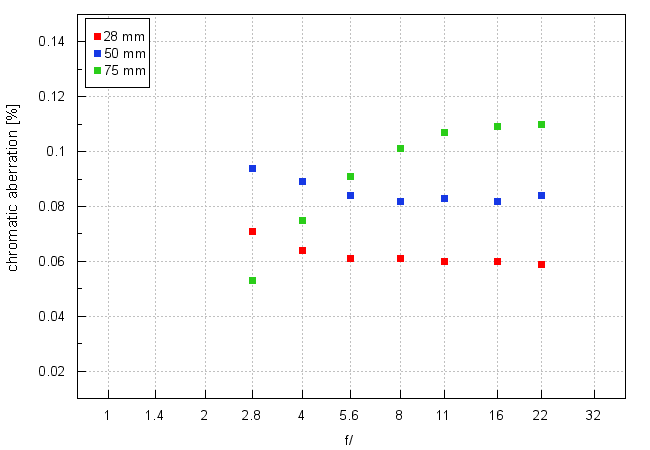
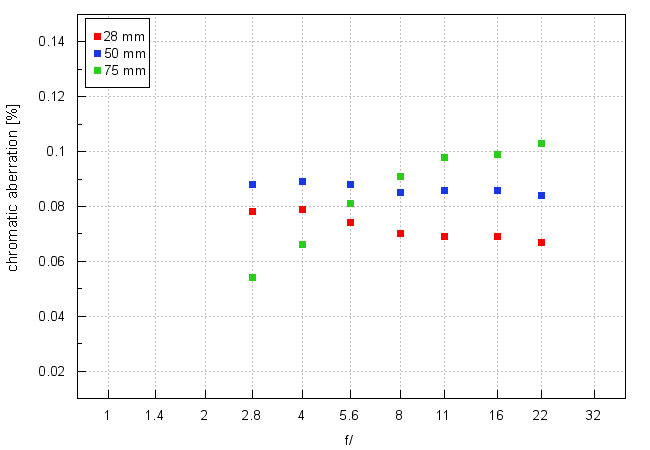
At 28 mm you don't have any reasons to complain. The results keep a level of 0.06-0.08% so they can be described as low. A bit more reservations we have when it comes to the middle of the focal range because levels of 0.08-0.09% are on the borderline between low and medium values. The most problematic is the 75 mm focal length as the aberration fluctuates with the change of aperture; you can observe the increase of aberration from low by f/2.8 to medium by f/22. Still, it is important that you don't see any high or very high values anywhere even if you deal with a zoom lens which is not only decently fast aperture-wise but also offers you a wide angle of view. Just because of that the Tamron deserves to be praised in this category.
| A7R II, RAW, 28 mm, f/11.0 | A7R II, RAW, 75 mm, f/16.0 |
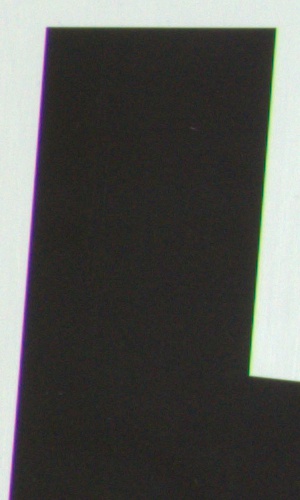
|
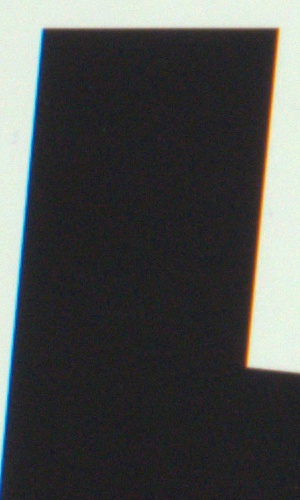
|
Spherical aberration
First photos from this chapter don't feature any noticeable 'focus shift' effect but spherical aberration is not corrected perfectly well, it's enough you look at photos below. Circles of light reached before the focus are different than those you see after the focal point; what's more, that effect is visible both at 50 mm and 75 mm focal lengths.
| Sony A7R II, 50 mm, f/2.8, in front of | Sony A7R II, 50 mm, f/2.8, behind |
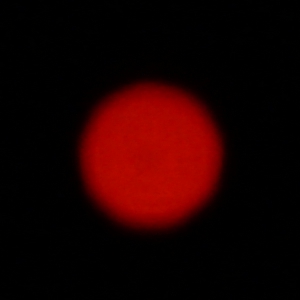
|
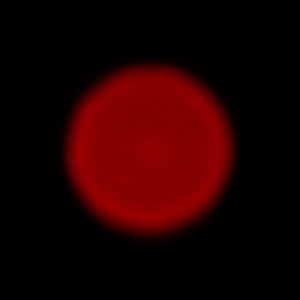
|
| Sony A7R II, 75 mm, f/2.8, in front of | Sony A7R II, 75 mm, f/2.8, behind |
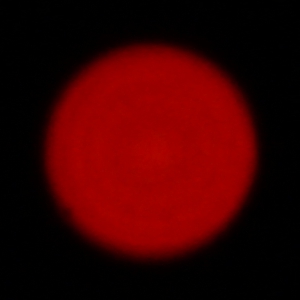
|
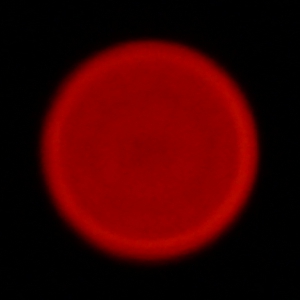
|






